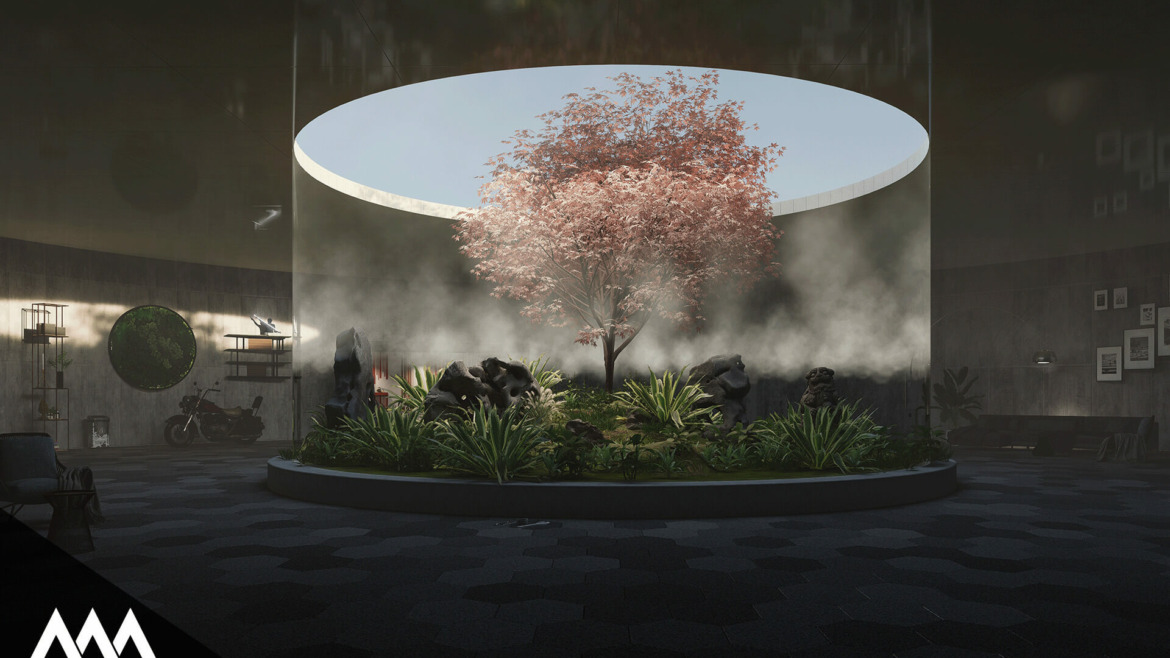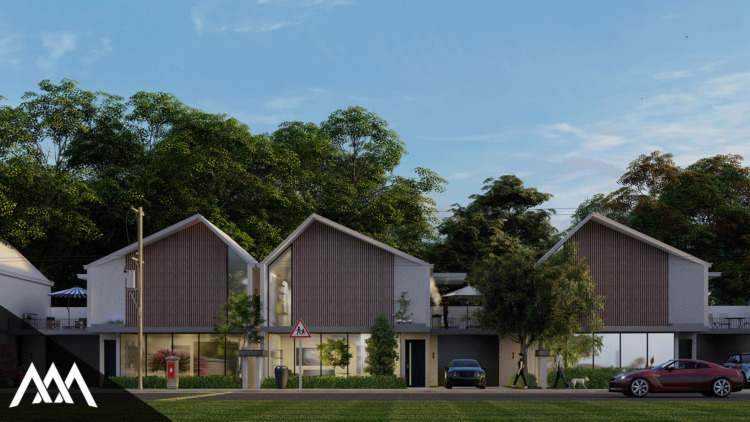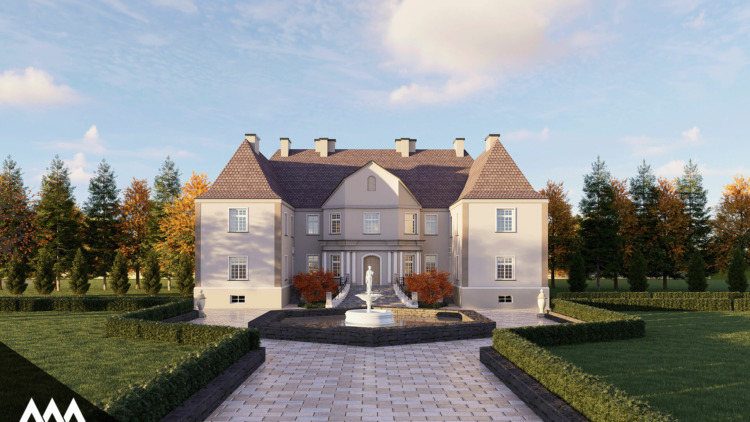Sustainable architecture and green building design are becoming essential in today’s construction industry. These practices focus on reducing environmental impact by creating energy-efficient, eco-friendly buildings. A crucial tool in this process is 3D rendering, which plays a significant role in visualizing and refining sustainable designs before construction begins.
Visualizing Energy-efficient Designs
3D rendering technology allows architects to create detailed visualizations of energy-efficient building designs. This includes integrating features like solar panels, green roofs, and advanced insulation techniques. By seeing these features in a realistic, 3D format, clients and stakeholders can better understand the benefits and aesthetics of sustainable designs, making it easier to commit to green building practices.
Material Selection and Environmental Impact
Choosing the right materials is a key aspect of sustainable architecture. 3D rendering helps architects and builders visualize different material options and their impact on the building’s look and performance. This tool allows for informed decisions that balance sustainability with aesthetic appeal, ensuring that eco-friendly materials are used effectively.
Optimizing Natural Light and Ventilation
Effective use of natural light and ventilation is essential for energy-efficient buildings. 3D renderings can simulate how sunlight will enter a building throughout the day and year, helping to optimize window placement, shading devices, and ventilation systems. This leads to buildings that are not only more comfortable but also significantly reduce energy consumption.
Achieving LEED Certification
Many sustainable buildings aim for LEED (Leadership in Energy and Environmental Design) certification, which requires meeting specific green building standards. 3D rendering assists in planning and visualizing the requirements needed for LEED certification, such as water-efficient landscaping and waste management systems. This ensures that all sustainable features are properly integrated into the design from the start.
Engaging Clients and Stakeholders
High-quality 3D renderings make it easier to communicate complex sustainable design concepts to clients and stakeholders. By providing a clear, realistic view of the final product, 3D renderings help everyone involved in the project understand and appreciate the benefits of green building design. This engagement is crucial for gaining approval and support for sustainable architecture projects.
In conclusion,
3D rendering services are invaluable in enhancing sustainable architecture and green building design. By providing detailed visualizations of eco-friendly features, optimizing material selection, natural light, and ventilation, and assisting in achieving LEED certification, 3D renderings ensure that green building projects are both practical and visually appealing. As the demand for sustainable buildings grows, 3D rendering will continue to be a vital tool in creating a more environmentally-friendly future.



